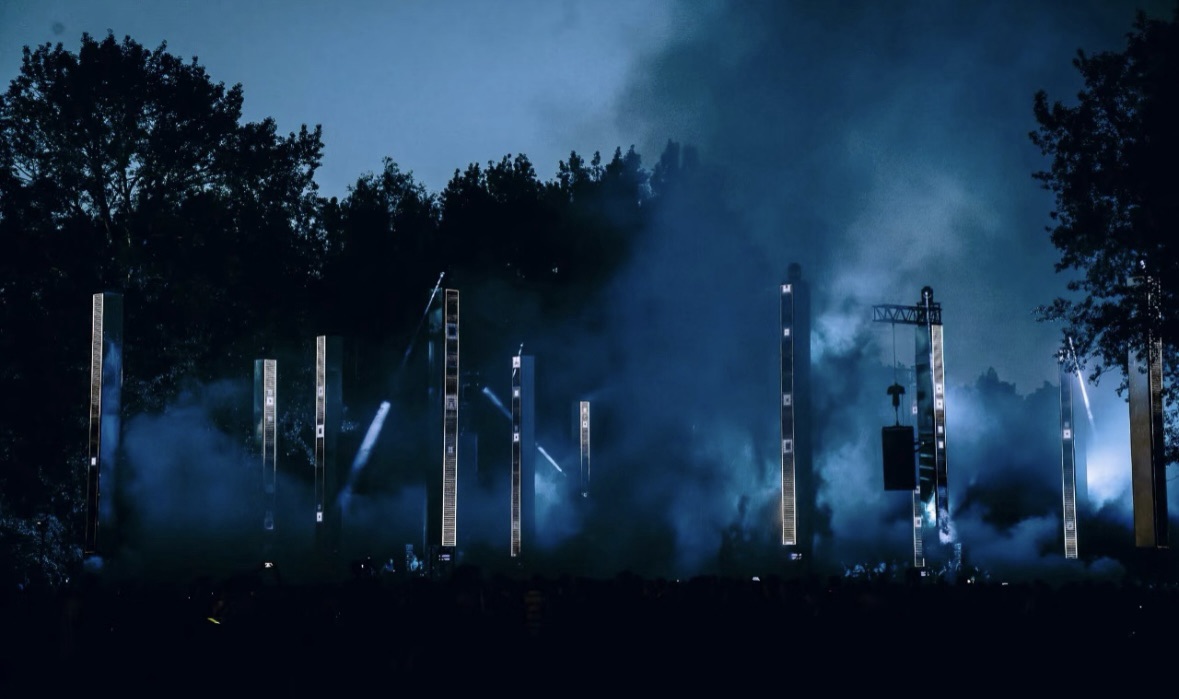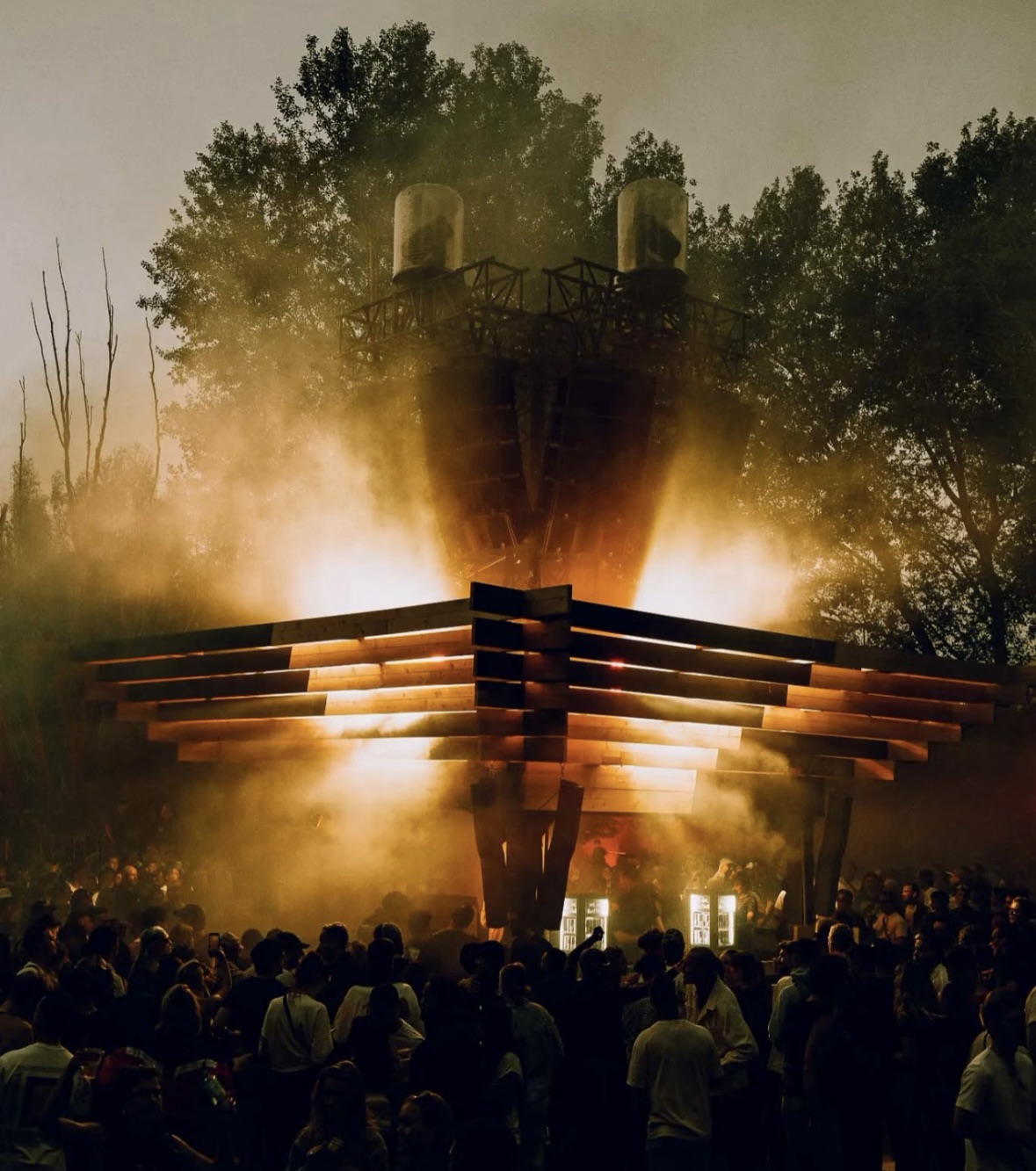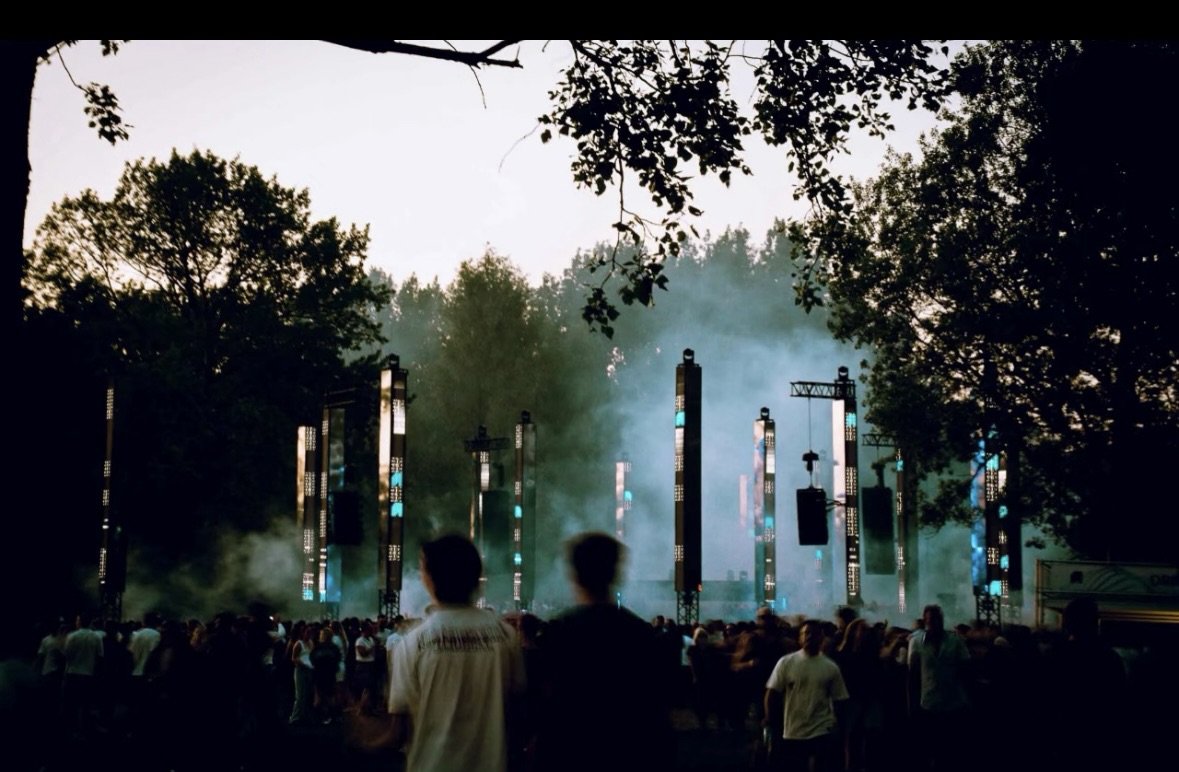Introduction
As festivals continue to grow in scale, diversity, and production value, lighting remains one of the most powerful tools for transforming spaces, energizing crowds, and crafting immersive experiences. In 2025, the lighting landscape for festivals is expected to evolve even further—blending new technologies, artistic storytelling, and environmental awareness.
This article explores seven defining festival lighting trends that industry professionals, designers, and organizers should keep an eye on in the coming year.
1. Sustainability Takes Center Stage
Eco-consciousness has shifted from a talking point to a production priority. Festival organizers are now committed to reducing carbon footprints across staging, transport, and—yes—lighting.
Key directions include:
Widespread adoption of high-efficiency LED fixtures
Solar-powered lighting systems for remote festival zones
Biodegradable cables and recyclable mounting hardware
Power sharing through energy grids and storage banks
Lighting designers are expected to work more closely with sustainability officers to ensure that visual brilliance doesn't come at the planet’s expense.

2. Pixel Mapping & Digital Art Integration
In 2025, pixel mapping is evolving into a fully immersive art form. With DMX, Art-Net, and sACN control protocols becoming more accessible, designers can map complex LED arrays onto custom surfaces—trees, tents, domes, and even water mist.
Expect to see:
More live-rendered visuals synced to DJ sets
Generative LED art controlled by AI or crowd interaction
Organic integration of video walls and pixel tubes with set design
The festival becomes a canvas, and light the dynamic paint.
3. Wireless Infrastructure & Fast Deployment
Time and labor savings are top-of-mind as festivals span more locations and stages. Wireless lighting control systems are set to dominate 2025, reducing the need for heavy cabling and enabling faster rigging.
Key benefits:
Fewer trusses, less labor
Easier placement in challenging outdoor terrain
Remote real-time programming via tablets or mobile apps
Backup redundancy for fail-safe performance
Smaller crews will achieve more with less, thanks to smarter technology.
4. Interactive Audience Lighting
Interactivity is no longer limited to wristbands and LED foam sticks. In 2025, we’ll see full-scale lighting systems that respond to crowd movement, audio input, or app-based triggers.
Emerging applications:
Motion sensors that trigger reactive uplighting on trees or tents
Sound-to-light AI controllers that adapt to the genre or tempo
Interactive zones where festival-goers “paint” the stage with their gestures
This deepens emotional engagement and turns passive spectators into co-creators.

5. The Return of Architectural Lighting
Festival design is borrowing more from theater and architectural lighting to frame structures like gates, pavilions, vendor spaces, and lounges.
Expect to see:
Warm washes and gobo projections on scenic elements
Carefully lit pathways, arches, and entrances
Accent lighting that draws attention to culinary or VIP areas
The goal is to create elegant transitions between areas and encourage exploration beyond the main stage.

6. Themed Lighting Narratives
Rather than defaulting to visual overload, lighting in 2025 will increasingly serve a narrative function. Festivals will program entire light sequences that support emotional arcs and thematic journeys.
Examples include:
Morning light palettes that simulate sunrise for meditation stages
Dimming sequences that match sonic breakdowns
Lighting cues that follow the hero’s journey in immersive installations
This is lighting not just as spectacle, but as storytelling.
7. Drone Lighting & Aerial Choreography
Drone shows are becoming more precise, reliable, and synchronized with light and sound systems. In 2025, we anticipate more frequent use of lighting drones in mid-size festivals—not just major productions.
What to expect:
Hundreds of drones forming 3D shapes mid-air
Color transitions and strobe effects to match music
Environmental-safe, noise-controlled aerial lighting above crowds
This technology is moving from novelty to norm, especially in opening and closing ceremonies.
Conclusion
The year 2025 will be transformative for festival lighting, characterized by deeper interactivity, greener choices, faster deployment, and stronger storytelling. While the tools are evolving, the mission remains the same: to bring people together in awe, movement, and connection under the power of light.
For lighting professionals, the challenge is not only to keep up—but to design with intention, adapt with purpose, and always push creative boundaries.
READ MORE:





Blue Sea Lighting is an enterprise with rich experience in the integration of industry and trade in stage lighting and stage special effects related equipment. Its products include moving head lights, par lights, wall washer lights, logo gobo projector lights, power distributor, stage effects such as electronic fireworks machines, snow machines, smoke bubble machines, and related accessories such as light clamps.
Quick Links
For more questions subscribe to our email








